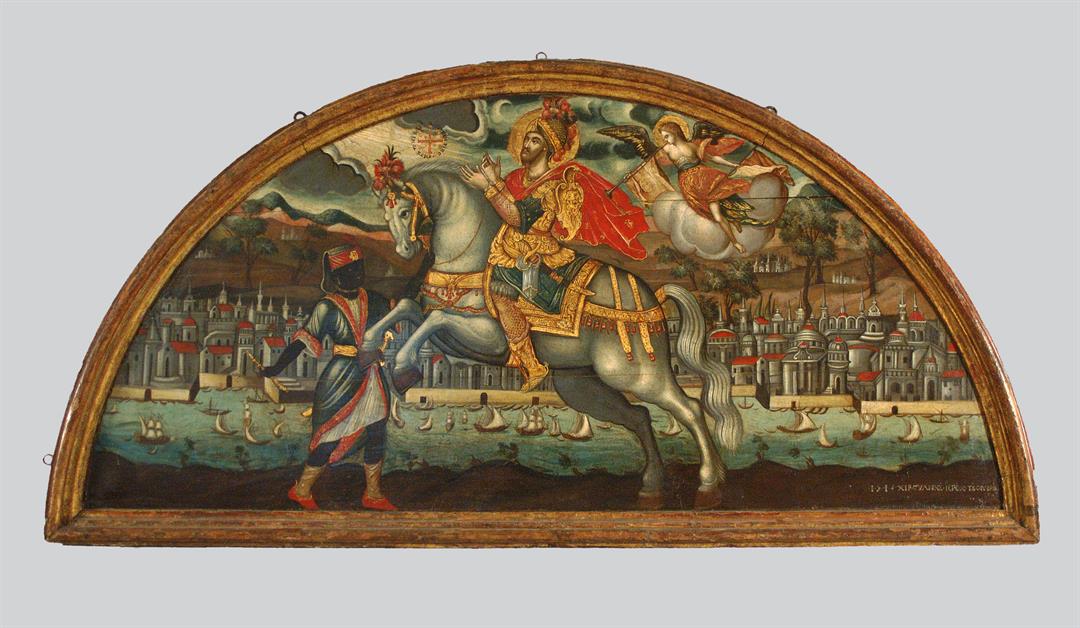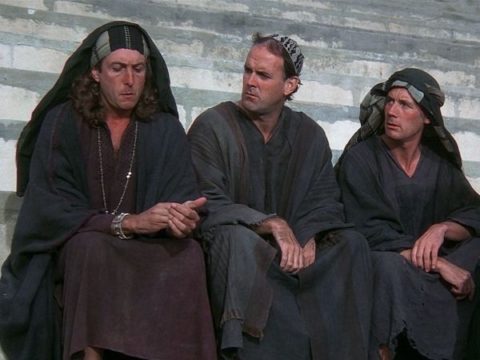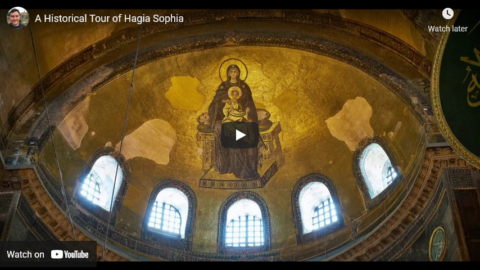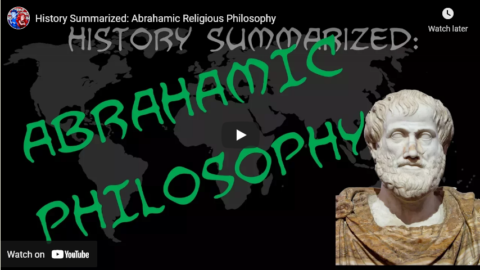The restoration plans for Notre-Dame Cathedral in Paris included some wild and whacky ideas for the exterior. Fortunately, the citizens of Paris persuaded the authorities to restore the outside of the building to as close as possible to the beautiful original. The fate of the interior — including the undamaged portions — is not yet settled:

All great art was contemporary once, but it would be a mistake to conclude from this that therefore some contemporary art must be great. The fact is that there are fallow periods in the history of art — the Golden Age of Dutch painting evaporated with astonishing swiftness — and we are going through just such a fallow period now.
Hence the idea that the refurbishment of the interior of Notre-Dame Cathedral in Paris after its terrible fire two and a half years ago should include contemporary art is, to say the least, contestable. It is difficult to think of ancient churches in which art of the last century has been a great adornment, and in general it is a relief to find that, when present, such art is not actually a terrible blot or assault on the interior of the church.
In fact, the plan to modernize the interior of Notre-Dame applies to that part of it that was undamaged by fire, so that the plan appears to be the seizing of a longed-for opportunity rather than a desire to restore the church to its former glory.
Given the state of French taste in such matters, at least among those with the power to decide anything, one trembles for the future of the church. All contemporary French public buildings are monstrosities, from the Opéra Bastille and the Ministry of Finance in Paris to the Musée de la Romanité in Nîmes. The more that is spent on them, they worse they get. They almost always desecrate their surroundings, as if their architects wanted to take their revenge on previous ages, as mediocrity revenges itself on genius.
Some of the plans that emerged for restoring the roof of Notre-Dame after the fire would have defied belief were it not that we are now so inured to architectural madness that such folly was more to be expected than it was surprising. The proposed plans included everything from a swimming pool to a greenhouse, probably with the intention for growing cannabis.
The public outcry was sufficient that the government decided that the roof should be restored as near as possible to its former state, thwarting those who said that every age should leave its mark on great monuments.
But the idea that every age should bring something of its own to the great monuments of the past is not French alone: the Soviets, for example, thought the same way about the Kremlin in Moscow, and built the Palace of Congresses, a standard monstrosity completely out of keeping with the rest of the buildings that composed it, in its very heart. How could the Soviets have claimed superiority to the pre-revolutionary regime, they thought, if they added nothing distinctly their own to the Kremlin?
Update: At First Things, Samuel Gregg is also viewing the prospect with some (justified) alarm:
Apart from the post-Vatican II liturgy wars, few topics are more likely to set off fierce disputes within Catholic dioceses than architecture — or, more precisely, proposals for renovating church structures and interiors.
One doesn’t have to be an enthusiast of Counter-Reformation baroque to recognize that, from the late 1950s onward, a contemporary stripping of the altars was carried out in many Western countries in the name of renewal. In The Spirit of the Liturgy, Joseph Ratzinger called it a “new iconoclasm” that “eliminated a lot of kitsch and unworthy art, but ultimately … left behind a void.” For decades, it seems, beauty was out, and a mixture of infantilism and neo-Stalinist brutalism was in.
[…]
Some of these tensions burst into public view recently, when plans for reconstructing the interior of Paris’s Notre-Dame Cathedral were leaked to the British press. The proposed redesign includes a “discovery trail” that will take visitors through fourteen themed chapels, each with a text projected upon the wall and a contemporary work of art, to “create a fecund dialogue between contemporary creation and the church” — whatever that means. The plan also proposes shunting aside many classical sculptures and most of the confessionals, using sound-and-light shows to create “emotional spaces” and explain basic Christian teachings in multiple languages, installing luminous “mobile benches” (which can be moved aside to make more room for tourists after Mass), and adding a stained-glass window and chapel wall overlain by a contemporary abstract painting of clouds.
The proposed changes were submitted to France’s Commission nationale du patrimoine et de l’architecture last week, as per an agreement between the archdiocese of Paris and the French government about who gets to decide what about the cathedral restoration. The commission approved the redesign with two exceptions: The statues must not be removed from the redesigned chapels, and the plan for mobile benches must be reviewed. The commission also offered verbal assurance that no object or painting that was inside Notre-Dame before the fire will be removed from the cathedral.
Catholic and non-Catholic designers and art critics alike have expressed dismay at the plans, denouncing them as, among other things, the equivalent of a “politically correct Disneyland” and a “woke theme park”. The man behind the plans, Fr. Gilles Drouin, has defended the redesign by arguing that we can’t assume the 12 million tourists who will wander through the cathedral each year will know much about Christianity in general or Catholicism in particular. The new interior, he asserts, will make Christian teaching more accessible to contemporary visitors.
Fr. Drouin is right that profound religious ignorance is the rule rather than the exception for contemporary Western Europeans. Furthermore, Catholic churches are not supposed to be forever frozen circa 1756. Every generation of Catholics can contribute to the ways that their churches give glory to God. But church architects and liturgists must realize that no matter how hard they try, they’ll never be able to “out-contemporary” their secular peers in attempts to make the faith speak to the so-called moment. And anyone seriously interested in evangelization through church design should consider that using electronic sound and light shows to disrupt the current architectural harmony of Notre-Dame, which has inspired both Mass-goers and visitors for centuries, is likely not the best way to communicate the transcendent beauty of the faith to tourists.

















